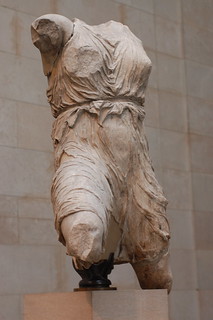While more resistant than limestone it is subject to attack by weak acids and so performs poorly in outdoor environments subject to acid rain for severe environments granite is a more lasting material but one which is far more difficult to work and much less suitable for.
Marble statues attacked by acid rain.
Acid precipitation affects stone primarily in two ways.
Acid deposition also affects human made structures.
How does acid precipitation affect marble and limestone buildings.
Stone surface material may be lost all over or only in spots that are more reactive.
The most notable effects occur on marble and limestone which are common building materials found in many historic structures monuments and gravestones.
Although many different types of stone have been used for sculpture the most vulnerable to potential acid rain damage are marble and limestone steiger 2015 the former is essentially a recrystallized form of the latter.
Both are composed of calcite caco 3 other types of stone which are composed of silicate minerals such as granite or sandstone are intrinsically more resistant to acid attack.
In exposed areas of buildings and statues we see roughened surfaces removal of material and loss of carved details.
Sulfur dioxide an acid rain precursor can react directly with limestone in the presence of water to form gypsum which eventually.
Marble does not bear handling well as it will absorb skin oils when touched which leads to yellow brownish staining.
Over decades of exposure to acid rain the details of a statue can be lost slowly turning them into featureless blobs.
When sulfurous sulfuric and nitric acids in polluted air react with the calcite in marble and limestone the calcite dissolves.
Old statues monuments and tombstones are vulnerable to acid rain because they were made of limestone.
Acid rain acid rain effects on human made structures.









